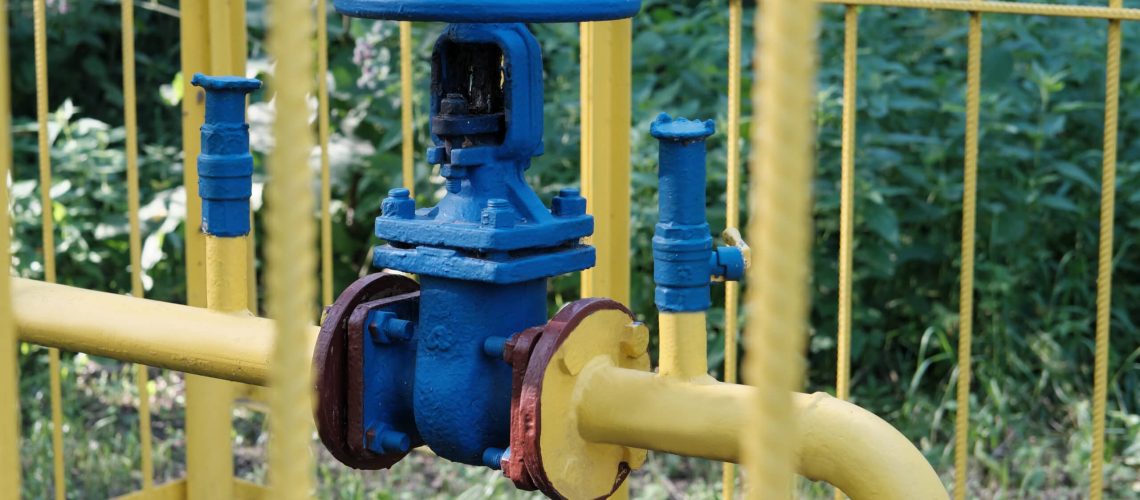Being a homeowner is great, but there is hardly anything more nerve-wracking than returning home to a flooded basement. Nothing says “sump pump” like abruptly stepping into ankle-deep water at the foot of your basement steps. When sump pumps are working, you don’t even think about them; when they fail, it’s a maintenance crisis.
Sump pump – what is it?
For the unfamiliar, sump pumps are small devices that detect water in a sump and transport it away from the property via a system of pipelines. Your basement is protected from floods by a sump pump, which is situated in the area’s lowest point. Sump pumps are usually installed in sump pits that have been built specifically for them. Drains and natural water migration through the soil are two ways that water enters the sump pit. Sump pumps, which are often built of metal or plastic, are often immersed in the basement.
Sump pumps are commonly utilized in basements or areas where the water table is higher than the foundation. They also include an alarm that will sound if the water level becomes too high. In the case of a power outage, some pumps have a battery backup mechanism that allows them to continue operating.
How does a sump pump work?
A sump pump will be placed at the lowest portion of your basement, where a 2-foot deep and 18-inch-wide hole will be dug into your concrete floor and the pump will be positioned in the sump pit, also known as a sump basin.
The water will run into the sump pit and accumulate there until the pump is turned on. Every sump pump is operated by a float, similar to the one found in your toilet tank. When the float reaches a certain level, the pump will turn on and the water will be drained out of the sump basin. All sump pumps include sensors that detect the amount of water in the basement, and when it begins to rise, the sump pump will immediately activate and drain the extra water out.
The surplus water will be channeled out of your property through a discharge line, preventing structural damage and floods. The effluent discharge line links the sump pump to a specific drainage area where the water is pumped away and directed. A dry well, soakaway, stream, or mains water drain might all be examples of this.
Types of sump pumps
There are two main types of sump pumps: primary and backup, and your system should have one from each. 99% of the time, main sump pumps do the majority of the work. The backup sump pump is just installed in case the primary pump fails or can’t keep up with the intake of water. Submersible and pedestal sump pumps are the two most common types. Both types are available in primary and backup modes. Backup sump pumps can also be classified according to their backup energy supply: battery or water.
Submersible pumps
Bulky in design, submersible sump pumps can be challenging to install. They sit inside the sump pit and operate when submerged. They are quieter than pedestal pumps since they are installed in a pit, although they are typically more costly. They’re also more difficult to maintain.
Pedestal pumps
Pedestal pumps are tall, vertical machines with the pump motor on top and the intake device, or impeller, at the bottom. A pedestal pump’s motor isn’t designed to get wet. When compared to submersible pumps, they are less costly and easier to reach for maintenance, but some plumbing experts believe they are less dependable. Because the motor is located above the sump pit, they are also noisier.
Battery operated backup
The battery-powered backup sump pump is the most prevalent form of backup sump pump. These are not intended to replace a primary pump. Instead, they come to life when the primary pump stops working due to a power outage or another issue. They’re usually linked to a huge battery, such as a vehicle battery.
Water-powered backup
Water-powered backup sump pumps don’t use electricity; instead, they rely on the pressure of running water to provide backup power. Some limitations apply, but they have the advantage of being able to run indefinitely. For water-powered pumps to work, they require a consistent stream of high-pressure water, like that found in a municipal water system. Sump pumps driven by water cannot be used in homes with low water pressure or pump-powered wells. As a result, they’re more difficult to put in place than battery-powered models.
Combination sump pump
As an alternative, an all-in-one sump pump with a primary and backup pumps is available for purchase. There is a chance that it will not fit in smaller sump pits, however it is less expensive than buying them individually.
Conclusion
With a basement or crawlspace, sump pumps are an absolute need. There are several advantages to owning a sump pump, including peace of mind. Sump pumps should be chosen with care, and the points listed above should be considered. You don’t want to ruin your wonderfully constructed basement by flooding it, do you?


